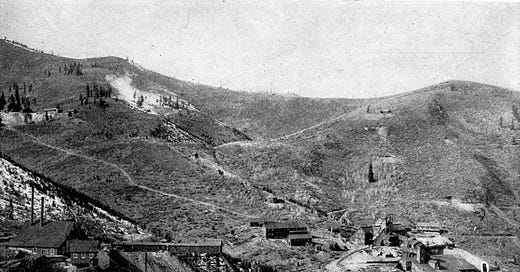This month’s itinerary takes us to Park City, Utah—former mining boom town turned ski resort.
For those new to Pinch of Dirt, this is usually a monthly feature for paid subscribers. Past itineraries have included “overnight kayaking trips in Washington” and “multiday crosscountry ski trips in the northeast,” but requests can be as simple as the best runn…
Keep reading with a 7-day free trial
Subscribe to Pinch of Dirt to keep reading this post and get 7 days of free access to the full post archives.


